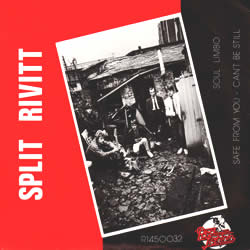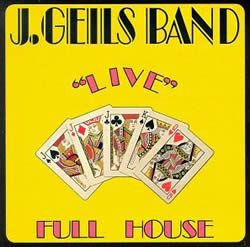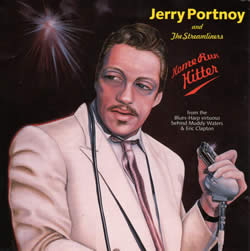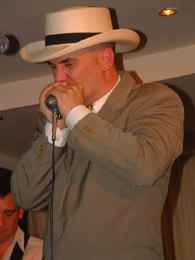Why Is 2 Draw So Difficult?
 I think my harmonica’s broken…
I think my harmonica’s broken…
When learning to play individual notes for the first time, 2 draw (2D) is often the hardest reed to master. Harp Surgery frequently receives emails asking, is it me or is there something wrong with my harmonica? It may not be what you want to hear, but the short answer is, it’s not the harp.
2D is a long old reed, which swings through a big slot when we play. Picture in your mind a spring diving board, fixed at one end and unfettered at the other. The 2D reed and a diving board behave in the same way. Consider also, the fact that 2D shares a chamber with 2B, another long reed in another big slot. These two reeds constantly interact, working as a pair. Consequently, we expend a lot of air when we work in hole 2 and it can feel like we run out of breath really quickly.
Consider also the flexibility of the reeds. With a choice of one natural and two bent positions, 2D is very sensitive to changes in air pressure. When we play 2D for the first time, it can sound mangled or flat. Alternatively it won’t respond at all. At the same time we seem to be inflating really quickly.
Fear not, this is a common experience for beginners. Let’s investigate things and see if we can help you overcome an important hurdle. It’s a relatively short process and we promise you it will be painless. Kim followed our advice and look what happened to her! (more…)

 The Good Doctor found himself in San Francisco, the morning after England had pulled off their 2009
The Good Doctor found himself in San Francisco, the morning after England had pulled off their 2009 


